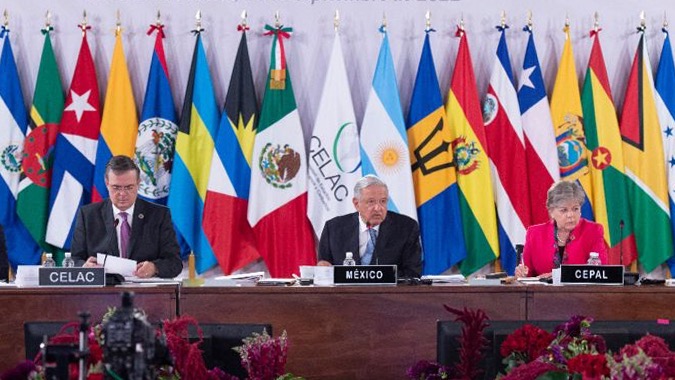Fostering Inclusive Education: Celebrating Racial and Ethnic Diversity in North and South American Schools
In our increasingly interconnected world, the significance of inclusive education within North and South American schools cannot be overstated. Embracing the rich tapestry of racial and ethnic diversity is not merely a matter of social justice; it is essential for preparing students to thrive in a globalized society. This article explores key strategies for promoting unity and fostering inclusive learning environments, emphasizing community and social development.
Building Bridges Through Inclusive Practices:
Creating truly inclusive schools demands a multifaceted approach. The following strategies offer a roadmap towards achieving this crucial goal:
- Cultivating a Culture of Celebration: Schools should actively celebrate the diverse racial and ethnic backgrounds of their student population. This involves recognizing and honoring individual identities, creating a welcoming environment where every student feels valued and respected.
- Enriching the Curriculum with Multicultural Perspectives: Integrating diverse cultural perspectives into the curriculum expands students' understanding of history, traditions, and global issues, fostering empathy and broadening their worldview.
- Providing Comprehensive Language Support: Equitable access to education necessitates robust language support programs. These programs ensure that students from diverse linguistic backgrounds have the tools they need to succeed academically.
- Facilitating Meaningful Cultural Exchange: Organizing cultural exchange programs provides opportunities for students to interact, learn from one another, and build bridges across cultural divides, fostering mutual understanding and appreciation.
- Empowering Educators Through Culturally Responsive Training: Equipping educators with the skills to employ culturally responsive teaching practices is paramount. Such training empowers teachers to effectively meet the diverse learning needs and styles of their students.
- Addressing Bias and Promoting Empathy: Schools must actively address the insidious effects of bias and stereotypes. Educational programs that promote critical thinking, empathy, and respectful communication are essential in creating a safe and inclusive learning environment.
- Fostering Collaboration Between Home and School: Engaging parents and the wider community in the pursuit of inclusivity is vital. Workshops, events, and forums provide avenues for dialogue, understanding, and shared responsibility.
- Implementing Robust Anti-Bullying Measures: Comprehensive anti-bullying initiatives are essential to combat discrimination and ensure that all students feel safe and respected within the school environment. These initiatives should address all forms of bullying, including racial and ethnic harassment.
- Ensuring Equitable Access to Resources: Educational resources, including textbooks and learning materials, should accurately reflect the diversity of the student population. This ensures that every student feels represented and valued.
- Expanding Access to Higher Education: Targeted scholarship and grant programs can help overcome financial barriers for students from underrepresented communities, providing them with equitable access to higher education opportunities.
- Mentorship: A Pathway to Success: Establishing mentorship programs connects students from diverse backgrounds, fostering supportive relationships and promoting personal and academic growth.
- Showcasing Cultural Richness Through Events and Celebrations: Organizing school-wide cultural events and celebrations provides opportunities to showcase the richness of North and South American cultures, encouraging students to embrace their heritage and learn from one another.
- Raising Awareness: A Collective Responsibility: Launching awareness campaigns highlights the benefits of diversity and inclusive education, encouraging individuals to challenge stereotypes and actively promote unity and understanding.
- Building Partnerships for Community Impact: Collaborating with local organizations and businesses creates opportunities for students to engage in community service and social development projects, promoting inclusivity and civic engagement.
- Continuous Professional Development for Educators: Ongoing professional development for educators ensures that they remain informed about best practices and the latest research in inclusive education, enabling them to adapt and refine their teaching strategies.
Conclusion: A Shared Vision for the Future
By embracing the principles of diversity and inclusivity, North and South American schools can cultivate learning environments that foster unity, respect, and understanding. This is not just an educational imperative; it is a societal responsibility. By working together, we can build a future where all students have the opportunity to reach their full potential and contribute meaningfully to their communities and the world.
```



No comments yet. Be the first to share your thoughts!